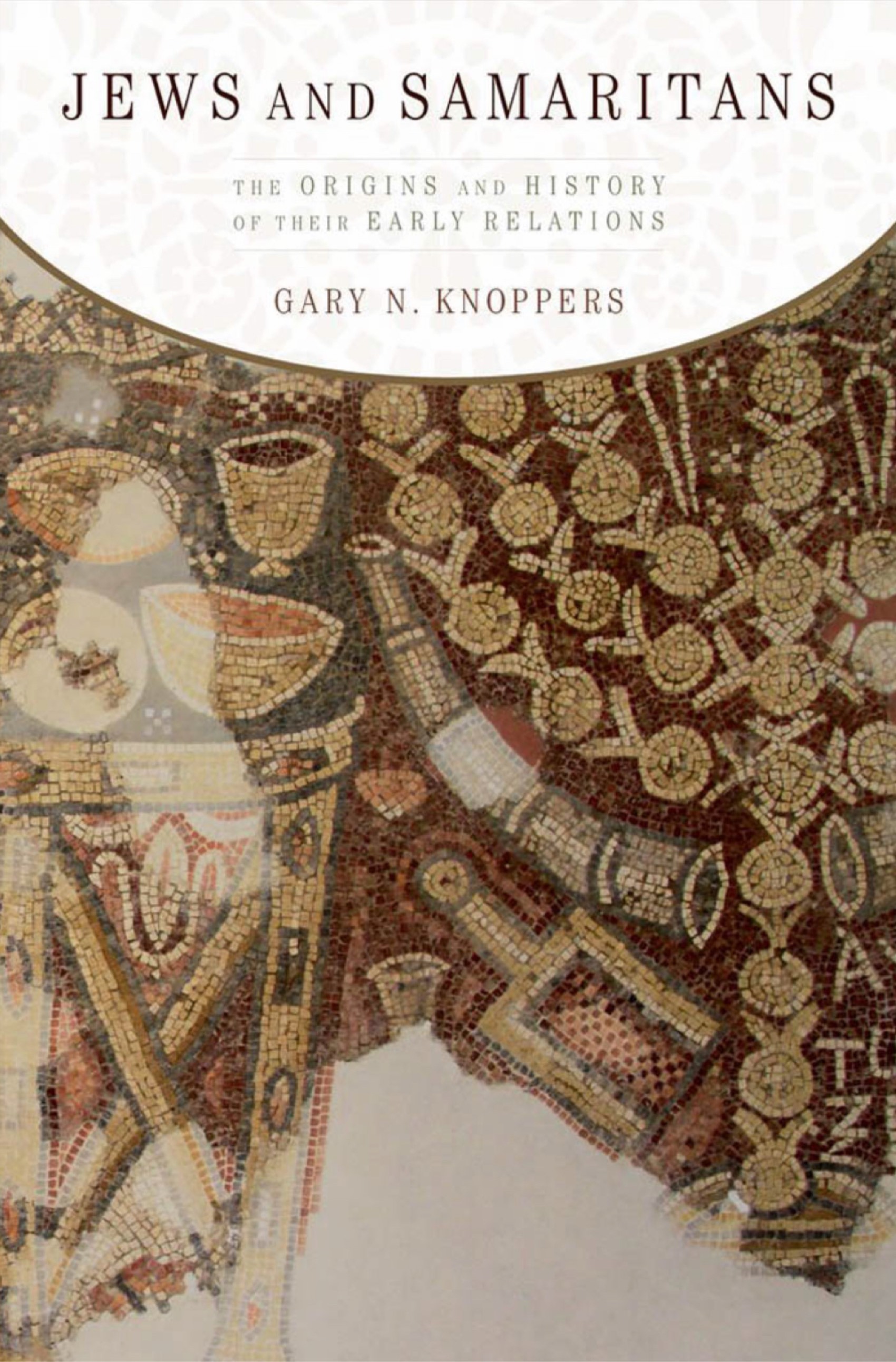How is the concept of the Messiah in Samaritan belief and which passage in their Torah alludes to the arrival of their awaited Savior?
In Samaritan belief, the Messiah is a significant figure known as the "Taheb," which means "Restorer" or "Returning One." The Samaritans believe that the Taheb will be a prophet like Moses who will restore true worship and bring about an era of peace and righteousness.
Unlike Jewish messianism, which emphasizes a kingly Messiah from the line of David, the Samaritan Messiah is viewed primarily as a prophetic leader, focused on restoring the pure faith and re-establishing the sanctity of Mount Gerizim, which the Samaritans hold as the true holy mountain (rather than Jerusalem).
The Samaritan Torah (which is similar to the Jewish Torah but with some differences in emphasis and content) alludes to the coming of this awaited figure. The primary passage that Samaritans believe foretells the arrival of the Taheb is Deuteronomy 18, verse 18.
The verse reads: “I will raise up for them a prophet like you from among their brothers. I will put my words in his mouth, and he will tell them everything I command him.”
This verse is interpreted by the Samaritans to be a prophecy about the coming of the Taheb, a prophet like Moses who will lead the people and restore proper worship of God on Mount Gerizim. It is seen as a promise of divine intervention to bring the Samaritans back to the original teachings and commandments as given to Moses.
In summary, the Messiah (Taheb) in Samaritan belief is a prophetic figure who will bring about a restoration of the true faith, and Deuteronomy 18, verse 18, is the key passage in the Samaritan Torah that alludes to his coming.
